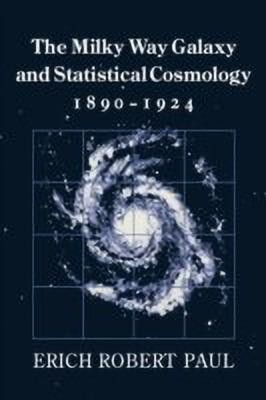The Milky Way Galaxy and Statistical Cosmology, 1890-1924(English, Paperback, Paul Erich Robert)
Quick Overview
Product Price Comparison
Between the years 1890 and 1924, the dominant view of the universe suggested a cosmology largely foreign to contemporary ideas. First, astronomers believed they had confirmed that the sun was roughly in the centre of the Milky Way galaxy. Second, considerable evidence indicated that the size of the galaxy was only about one-third the value now accepted by today's astronomers. Third, it was thought that interstellar space was completely transparent, that there was no absorbing material between the stars. Fourth, astronomers believed that the universe was composed of numerous star systems comparable to the Milky Way galaxy. The method that provided this picture and came to dominate cosmology was 'statistical' in nature, because it was based on the counts of stars and their positions, motions, brightnesses and stellar spectra. Professor Paul describes the rise of this statistical cosmology in light of developments in nineteenth-century astronomy and explains how this cosmology set the stage for many of the most significant developments of twentieth-century astronomy.


